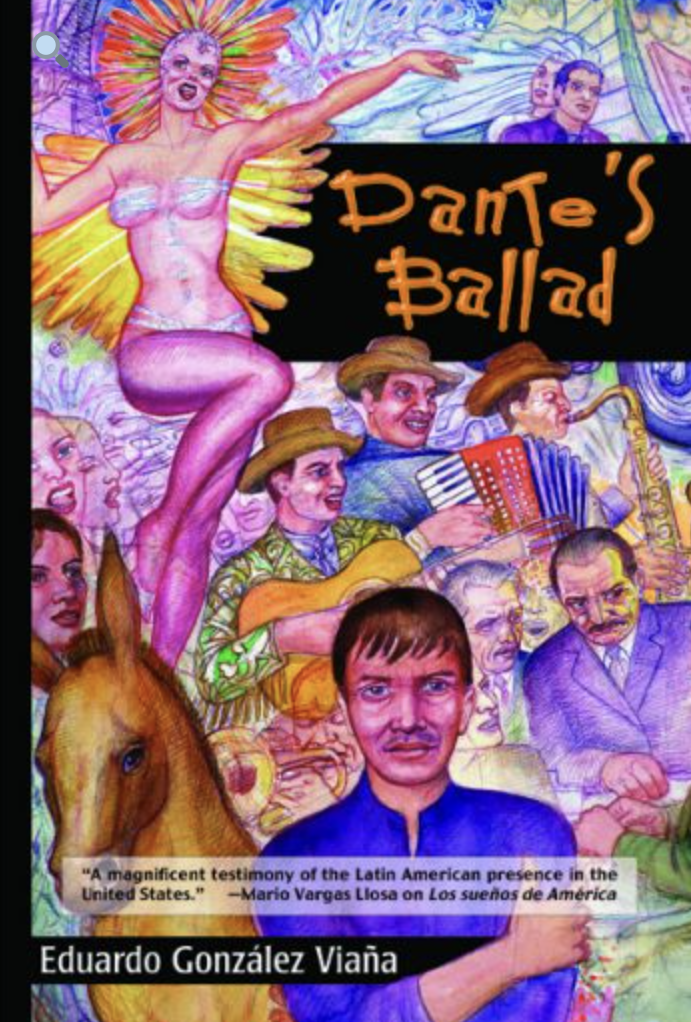 “In European mythology, this specific process of self-discovery (meeting the shadow) is usually depicted as the hero literally descending into the underworld and meeting the dead. Whether it’s in The Odyssey or The Divine Comedy or the Harry Potter tales (in which Harry frequently visits past events), the first part of the process involves going into a netherworld that allows the traveler (and the reader) to think differently about the nature of the everyday world.
“In European mythology, this specific process of self-discovery (meeting the shadow) is usually depicted as the hero literally descending into the underworld and meeting the dead. Whether it’s in The Odyssey or The Divine Comedy or the Harry Potter tales (in which Harry frequently visits past events), the first part of the process involves going into a netherworld that allows the traveler (and the reader) to think differently about the nature of the everyday world.
“Dante’s message is clear, though: he asks us to observe what the tendencies are that keep these poor souls stuck in Hell. When we see these failings in others, we can know them, avoid them, and as we learn from them we will grow in compassion. For we will see that these faults lies within each of us, too. Only then can we move beyond these ego-longings that will stop us from experiencing synchronicity.
[. . .]
“As Dante proceeds, he leaves the realm of men and sin far behind, and under the care of Beatrice he finds his way toward Heaven and the Virgin Mary. Whether we believe in a Christian worldview or not, the psychic process Dante describes is important. Dante, we notice, is now in a more female world. Virgil, the male poet, has guided Dante, the male poet, through Hell and through Purgatory, but Virgil cannot take Dante all the way on this spiritual journey: the pure saintly Beatrice, a woman, is the only one who can guide Dante forward now.
“To spell this out simply: the idealized virginal Beatrice leads the poet to the ideal female, the pure mother symbol of the Virgin Mary.
“What Dante learns after understanding the destructive part of himself and rejecting it, leaving it behind in Hell, is that only then can his real salvation befound, in this opposite-sex world of gentleness and love. [. . .]” — Dr. Allan G. Hunter, “Meeting the Shadow: From Dante’s Inferno to a World of Compassion,” InnerSelf, June 1, 2011
Excerpted from Allan G. Hunter’s book The Path of Synchronicity: Align Yourself with Your Life’s Flow (Findhorn Press, 2011).





